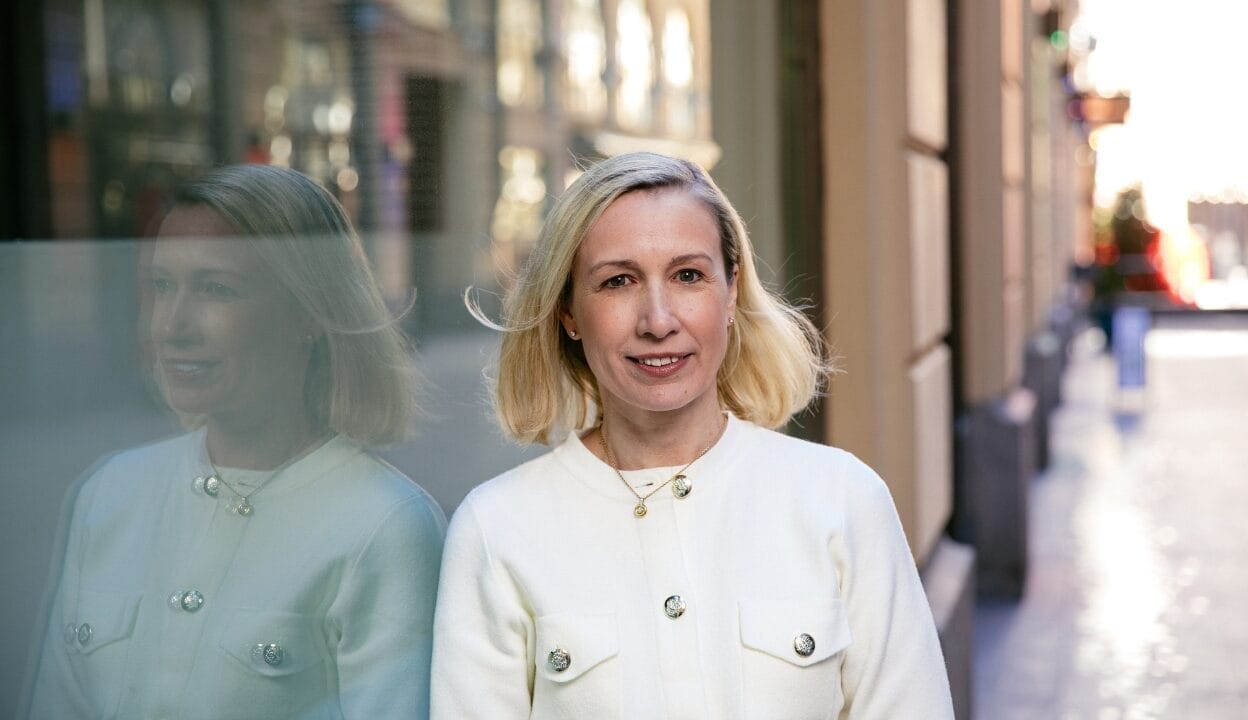Sriram Lakshminarayanan, chief investment officer of $38 billion Iowa Public Employees Retirement System (IPERS) has spent recent months carefully paring back and moulding the allocation to active risk in a three-pronged approach.
Active risk exposure is currently minimal, as it has been for a few years, he tells Top1000funds.com in an interview from the fund’s Des Moines offices.
“Portfolio construction in public markets begins with a default of all passive, all the time. We have a low active risk allocation because we can’t convince ourselves there are enough managers out there who provide what we want at a reasonable price.”
The approach has involved axing the active risks he didn’t want in the portfolio and then, in a more complex process, onboarding the risks he seeks – aka uncorrelated returns that can be integrated alongside these market betas. That quest follows a systematic three-phase approach comprising a portable alpha overlay framework, alternative risk premia (ARP) and a tactical asset allocation program.
Lakshminarayanan particularly likes portable alpha because it allows IPERS to actively seek returns across all asset classes, regardless of whether they are part of the strategic asset allocation.
“We might find a commodity manager that we like and want to add the active return, inflation or equity hedge they provide but can’t because we don’t have commodities in the portfolio. Using portable alpha, opens up active strategies we wouldn’t otherwise have the opportunity to tap through traditional implementation.”
Portable alpha involves separating the beta and alpha returns, he continues: “Sometimes you need the beta, so you buy the manager, but sometimes you just want the excess return, so you have to go to a counterparty and swap out for another beta you do want. Our goal is to create a potential shield against short-term downturns while aiming for longer-term gains.”
Another component of active risk has involved beefing up IPERS’ ability to tactically allocate when opportunities arise – the strategic asset allocation contributes to 90 per cent of returns. Rather than something that can just be turned on, tactical asset allocation requires a change in mindset that is rooted in constant communication with managers and their views on the market.
“Our oversight of managers is not based on the idea that we know best. It’s based on knowing what they are doing. It requires active readjustments and wanting to learn. It’s a mindset change around how much risk you can deploy and if you can monetise it.”
The alternative risk premia allocation, the third element, has only been in place for a year and therefore hasn’t been tested as much as he’d like. The small allocation comprises a $300 million investment at 10 per cent risk, which could increase if the risk goes down.
“For example, if we set the risk at 5 per cent, we could allocate $600 million,” he explains.
Another facet of successful active investment comes via the team dedicating much of their time to manager selection, particularly eliminating unconscious biases from the selection process. About a decade ago, IPERS initiated a comprehensive effort to document essential characteristics, both quantitative and qualitative, to guide the fund in selecting active managers.
Since then, it has consistently applied this systematic approach to all searches within public markets to identify what it considers to be alpha. “While it has been challenging to find managers who fully meet our criteria, we remain committed to the pursuit. An encouraging outcome is that active risk in our portfolio has significantly decreased, and the limited active strategies we do employ generally align with our expectations.”
reshaping Private markets
In another initiative, Lakshminarayanan is in the process of establishing an internal private market co-investment program. The portfolio is already well established (including a 17 per cent allocation to private equity and 8 per cent allocation to private credit) and IPERS will use these existing relationships with managers to tap high quality co-investment and cut costs.
“Our approach involves initially selecting a handful of core managers to establish a strong foundation in the asset class. From there, we seek complementary satellite strategies to create a well-rounded portfolio in the given asset class.”
The co-investment program in private markets also aims to provide the team with much greater transparency on IPERS’ exposure. The fund is in the process of onboarding an administrator to run a program that will introduce a new level of transparency of all the alternatives holdings.
“It really makes sense to centralise all our strategies so we can see the whole picture and avoid concentrated risk in the portfolio. A co-investment program with each manager risks the investment team not knowing what each of the other managers are doing.”
The private markets portfolio is currently in line with target allocations apart from slightly higher exposure to private equity because of the denominator effect. “We don’t intend to make abrupt shifts in our allocations to private markets in the short term. Instead, we control our commitments and pacing to regulate this.”
A few central themes run through Lakshminarayanan’s investment approach. He counsels on the importance of embracing the fundamentals and staying humble, yet not shying away from taking a contrarian stance when needed. He says successful long-term investment reuqires a healthy dose of patience and he also adhere to the 20-80 principle.
“Allocate 20 per cent of your time to discover promising ideas and dedicate the remaining 80 per cent to their steadfast long-term implementation,” he suggests.
He thinks that the best asset ownership organisation revolve around a flat structure comprising generalists, complemented by a diverse team of analysts with varying expertise. Instead of designating asset class leaders in the six-person investment team, he has focused on aligning individual skills with the organization’s needs.
“It has proven to be a successful and satisfying approach.”
A spanner in the wheels to recruiting the skills he requires (and a plan to double the size of the investment team) comes courtesy of a recruitment challenges. “Iowa has lot of large insurance companies who are also talent thirsty. We are all fishing from the same pond, and hiring young professionals is hard.”
Still, he’s encouraged by progress over the past few years, and says board approval to increase compensation is helping recruitment.


